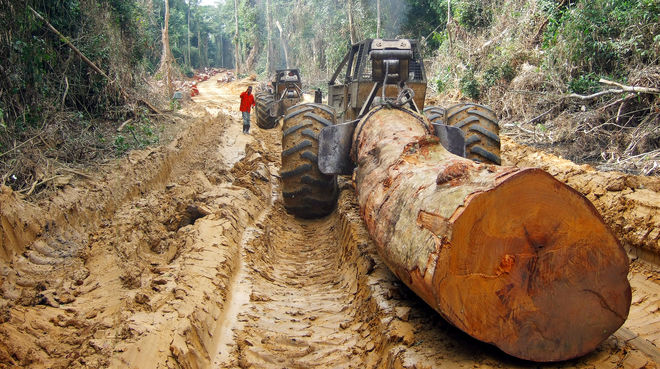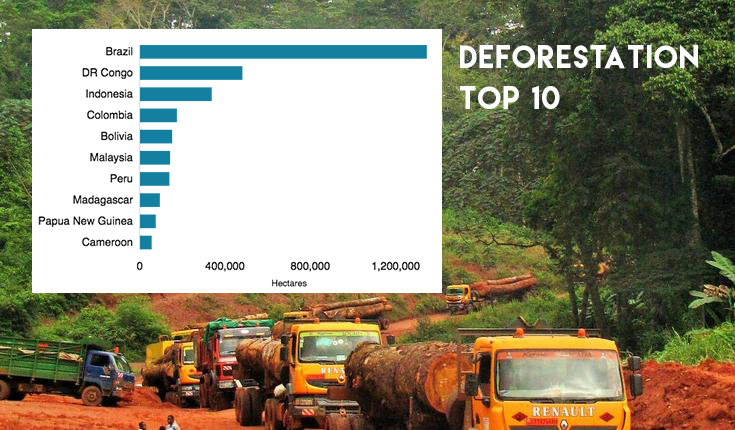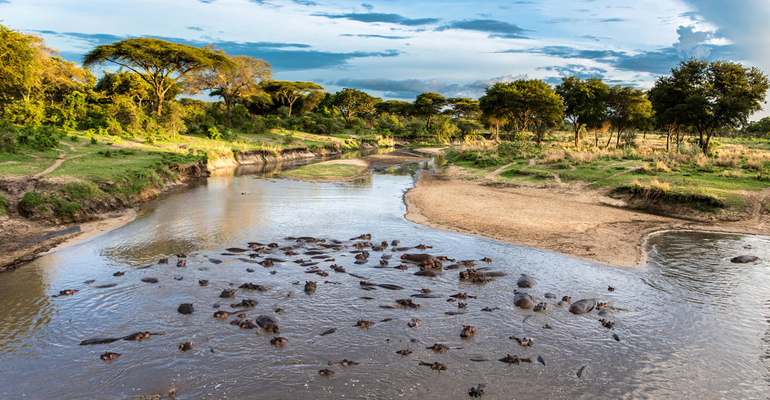
Tanzania will be going ahead with a $3 billion logging project in the middle of the Selous Game Reserve – a Unesco World Heritage Site, and one of the most iconic wildlife areas in Africa.
Seventeen local companies have been awarded tenders to clear 1 500 square kilometres (150.000 ha) of terrain – an estimated 2.6 million trees, to an expected value of $62 million.
The estimated size of Tanzania’s deforestation project is more then twice the size of Berlin.
The purpose is to make way for the Stiegler’s Gorge hydropower project, which will see the construction of the largest dam in Tanzania along the Rufiji River.
Reaching 130 meters (427 feet) in height and stretching 700 meters across the Stiegler Canyon, the dam is to create a 1,500 square kilometers (463 square mile) lake.
An area roughly twice the size of Berlin will be deforested and will vanish under water.
Sign the petition: Keep loggers out of Selous Game Reserve!
Conservation organizations, including the World Wildlife Fund (WWF) and the International Union for Conservation of Nature (IUCN), as well as the UNESCO World Heritage Committee (WHC), have raised concerns since plans for the dam were released in 2009, and have consistently called for the project to be abandoned.
The IUCN called the project “fatally flawed,” while the WHC expressed its “utmost concern,” saying the dam project has a “high likelihood of [causing] serious and irreversible damage.”
The Reserve is one of the oldest and largest in the world, covering an area of 54. 600 square-kilometres, and is an important refuge for elephants, lions, Black rhinos and giraffes, along with the critically endangered African Wild Dog and other species.

Last year, statistics showed that the reserve had lost 95% of its elephants over the past 30 years, and the opening of the park to logging with the related development, would see the destruction of the animals’ natural habitat and an increase in poaching – as has been the case in other parts of Africa.
Sign the petition: Keep loggers out of Selous Game Reserve!
Rainforest Rescue said, in addition, “the impact of the dam would be felt downstream along the Rufiji River and delta and in one of the world’s largest mangrove forests.
It would endanger the livelihoods of 200 000 people, particularly small farmers and fishermen.”
The largest mangrove forest in East Africa, would be starved of water
According to a WWF report, the dam would trap most of an estimated 16.6 million tons of sediment and nutrients carried by the river every year, leading to soil erosion and cutting off lakes and farmland downstream.
The Rufiji delta, home to fish, shrimp and prawn fisheries, as well as the largest mangrove forest in East Africa, would also be starved of water.
The construction of the dam could damage the livelihoods of over 200,000 people
All in all, the construction of the dam could damage the livelihoods of over 200,000 farmers and fishermen, according to the WWF.
Tanzania’s President John Magufuli, who was elected in 2015 in part on his record of successful road and infrastructure building, said the dam and resulting reservoir would cover only 3 percent of the Selous, adding that he would not listen to detractors who spoke “without facts.”
Now, he has officially announced that construction will begin this July. The Tanzanian government is currently looking for investors.
According to WWF, funding for the dam has not yet been secured and it’s unclear which companies will even build the dam.
Yet the government is pushing ahead to fell more than 2.6 million trees from the area that would be flooded by the dam. According to the WWF, Tanzania’s forestry authority just closed a bidding competition for the logging.
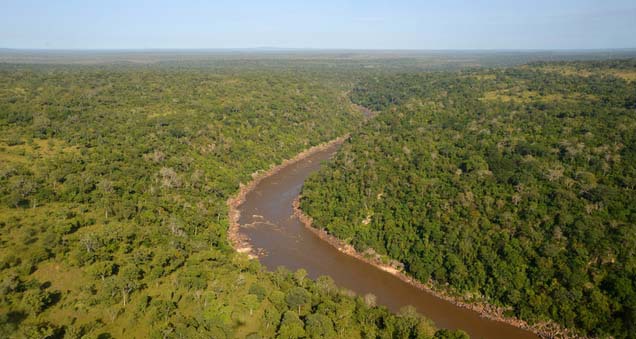
“The Tanzanian government wants to create facts on the ground,” Kirchgatter said. “They want to show that they are determined to build this dam and are able to develop the country.”
Under Tanzanian law, logging in game reserves is prohibited and a dam can only be built after a proper environmental impact assessment, which has not been completed, according to the WWF. Building a dam in a World Heritage Site would also be violating UNESCO regulations.
“It’s not even clear whether they will manage to build the damn. But the logging will already completely destroy a huge protected wildlife area, whether the dam will be built in the end or not,” Kirchgatter said.
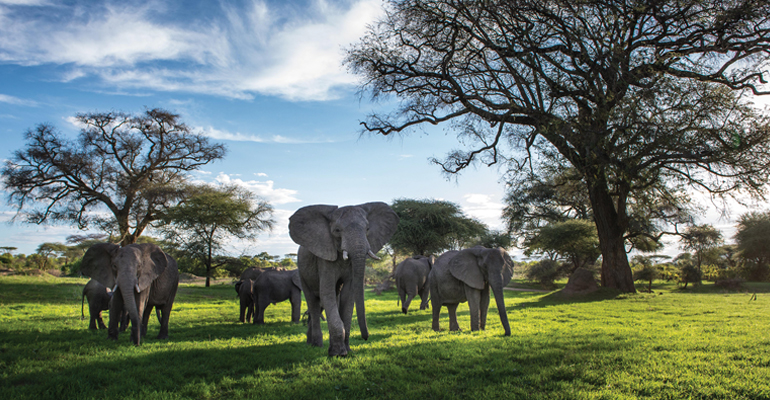
Unesco responded to the tender go-ahead, reiterating its concern over the dam construction.
“Upon the inscription of Selous Game Reserve on the World Heritage List in 1982, the international community recognised the Outstanding Universal Value of this property. As one of the largest remaining wilderness areas in Africa, with relatively undisturbed ecological and biological processes and exceptional biodiversity.
In a series of decisions adopted over the last decade, the Committee expressed its concern about the potential damage to the site’s values resulting from the hydropower dam at Stiegler’s Gorge, located on the Rufiji River within the Selous Game Reserve World Heritage property,” read a statement by Unesco on December 12.
Sign the petition: Keep loggers out of Selous Game Reserve!
Also make sure your read this article from DW: Tanzania’s biggest wildlife reserve under threat


